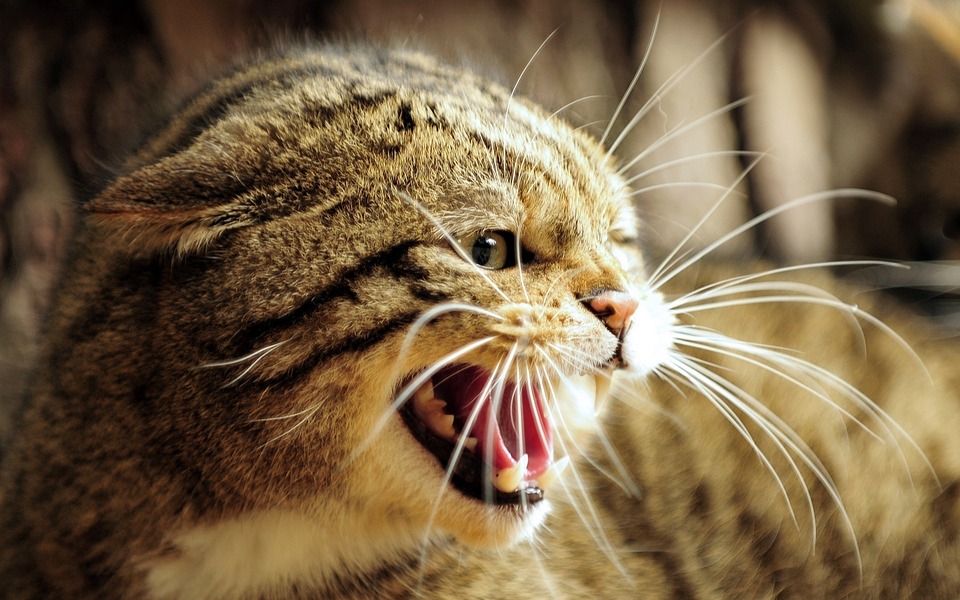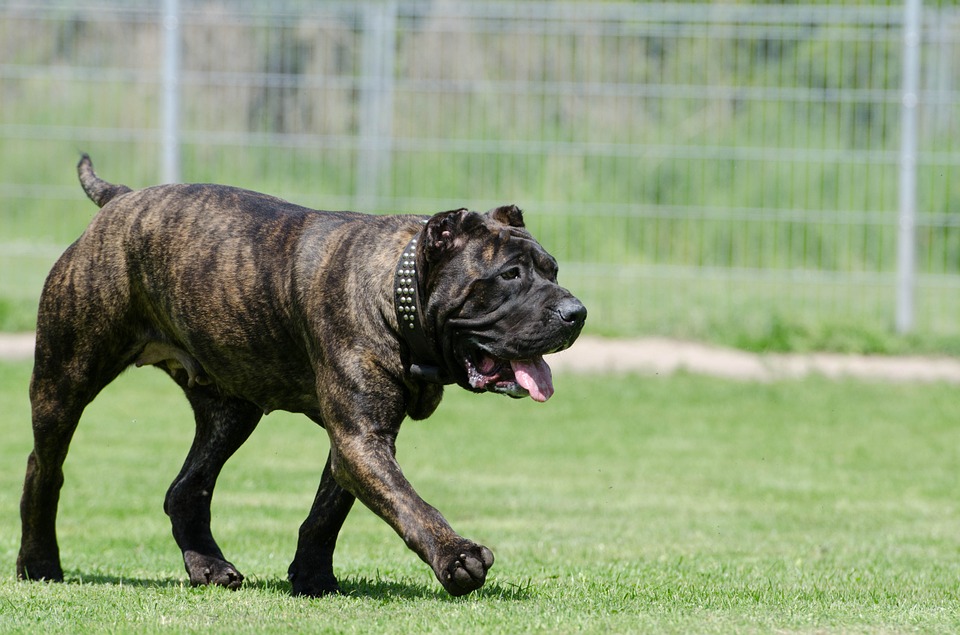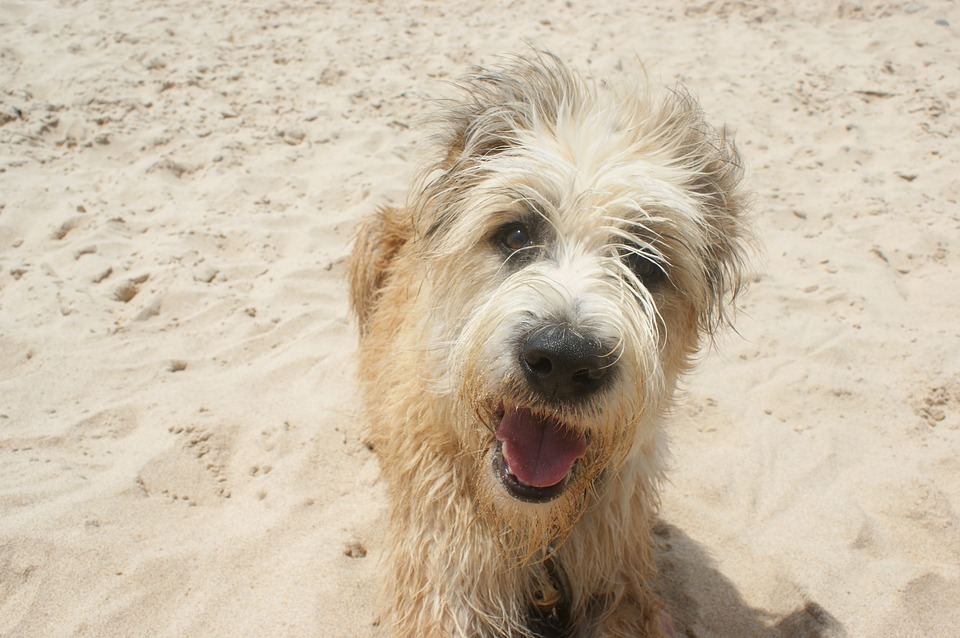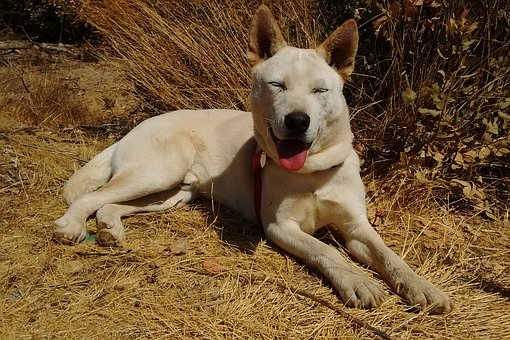Fear aggressive cat? Humane handling and restraint
You may have heard of the term ‘stress stacking’. Perhaps you even suffer from it yourself. But as a human, you can generally rationalise what’s going on and choose how to deal with it.
If you are a cat entering a vet clinic or shelter, your familiarity and routine options are taken away.
The first level of anxiety may begin with the sudden appearance of the dreaded pet carrier. From there on, it can go steadily downhill.
Fear aggression happens when a cat perceives a threat and cannot change or remove itself from the situation. The thing to always remember is – the aggression is a communication or an expression of emotion. It is not the cat being mad, cross or angry at you.
The degree of the threat is often related to prior experiences; the more pain or discomfort felt in the past, the more heightened the fear aggression will be.
Having an in-depth understanding of feline body postures should guide how best to approach (or, in some instances – leave) the cat.
Signs of fear-induced aggression may include dilated pupils and ears flattened against the head, limbs tucked under the body, low body position, swiping with paws, hissing, spitting and growling.
Your aim as a carer is to prevent these signs from developing or escalating. There is plenty you can do concerning environment. Synthetic pheromones, provision of games, height and bedding options, plenty of litter trays with food and water placed apart can all help the cat to develop a positive experience.
But what about handling? In the first instance, top opening carriers are the preferred option. Let the cat approach you of its own accord and keep its bedding or any other belongings. This allows the cat to build up its own scent profile and helps it to feel more secure in the otherwise strange environment.
Avoid looking directly at the cat. When eye contact is necessary, blink slowly. Being consistently calm and gentle and talking to the cat in a quiet tone, using its name frequently can help to build trust.
If you have to move the cat, gently hold or cradle it against your body and stroke the facial pheromone sites – cheeks, chin, forehead and mouth.
If you are giving treatments to the cat, work around the cat allowing it to position itself. Prioritise any procedures to leave the worst to last.
Trained professionals may use gentle handling with gauntlets, cat wrap or a restrainer cage. Those with only basic skills should always seek help.
Some cats may be too fearful or become stressed with any handling at all, and in these instances, sedation or anxiety-reducing medications are the best options.
You may feel that medicating your cat seems more extreme than physical restraint; however, cats learn and remember events or the person that causes pain or fear and will actively avoid re-experiencing that again.
That makes carrying out any repeat procedure extremely difficult and may also be very detrimental to your bond and relationship with your cat.
And scruffing? This should only really be used in extreme circumstances when more significant intervention is required to prevent the cat from endangering itself or others.




